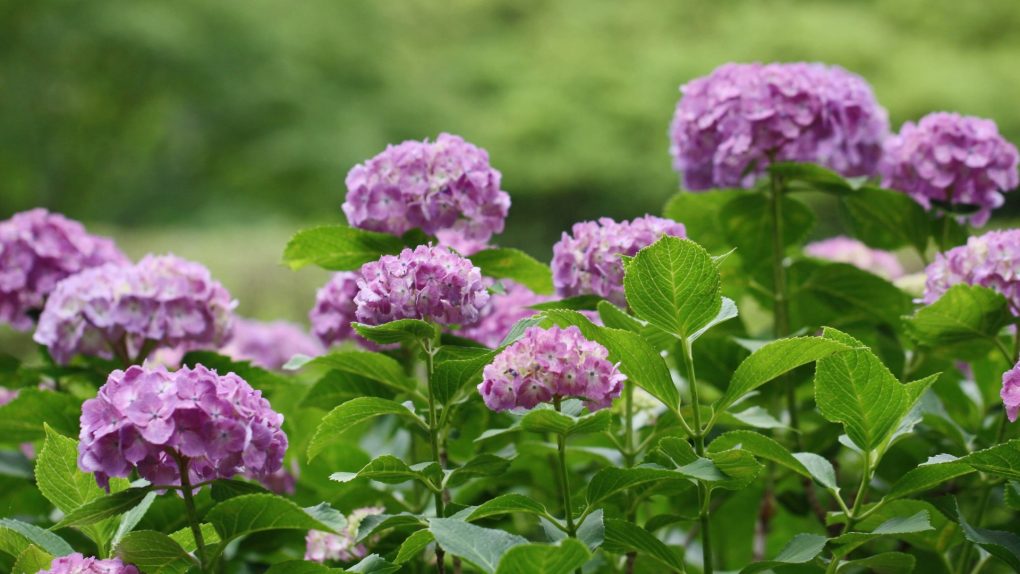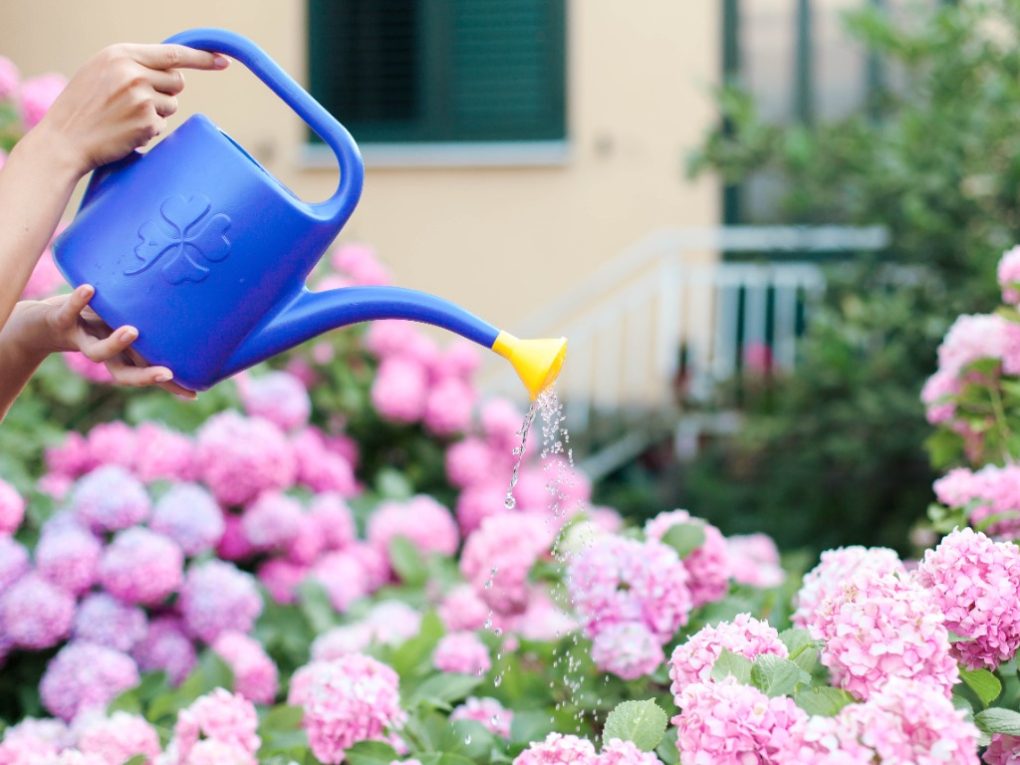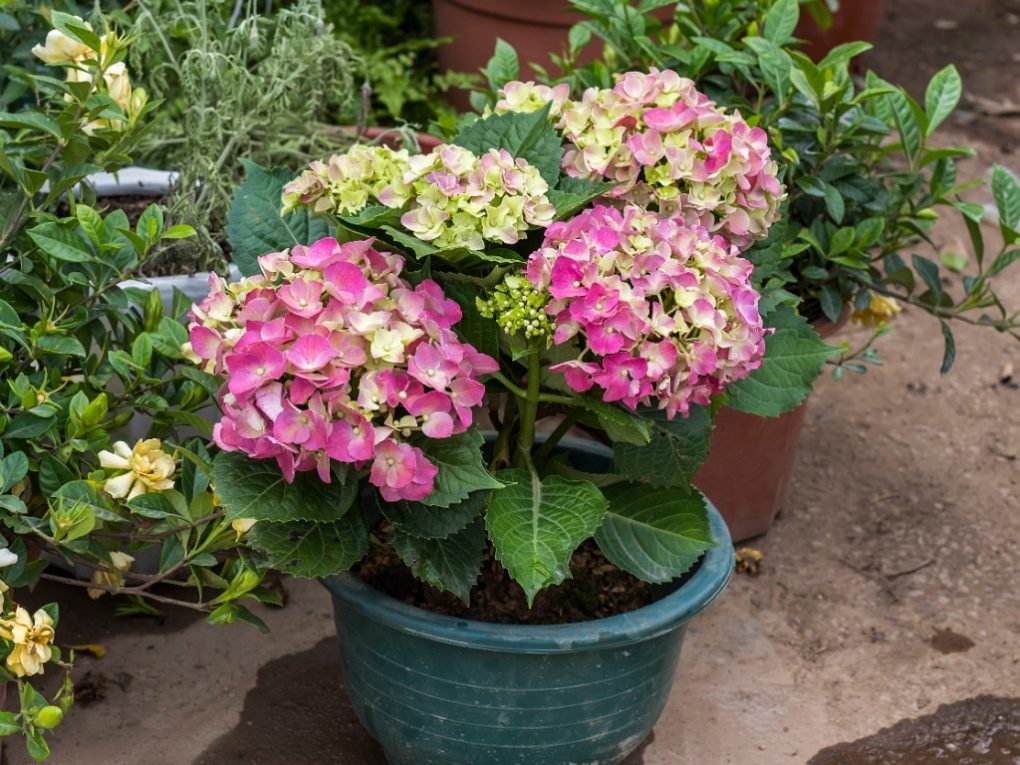Where to Plant Hydrangea: Tips for Optimal Growth
Hydrangeas should be planted in a location that provides partial shade or dappled sunlight, preferably in the morning. This is because hydrangeas, while generally sun-loving, can suffer from leaf scorch if exposed to intense, direct sunlight for extended periods, especially during hot afternoons.

The best spot for planting hydrangeas has moist, well-draining soil with high organic matter. The pH of the soil can also impact the color of the flowers, with acidic soils producing blue flowers and alkaline soils giving rise to pink blooms. Ensure proper spacing (usually 3 to 10 feet apart, depending on the variety) to facilitate air circulation and avoid overcrowding.
Table of Contents
Soil Type and pH
Hydrangeas are relatively easy to grow, but proper soil preparation is essential to ensure healthy growth and beautiful blooms. The soil type and pH level are critical factors when planting hydrangeas.
Hydrangeas prefer a moist, well-drained soil rich in organic matter for best results. Sandy loam soil is ideal, providing good drainage while retaining moisture. Avoid planting hydrangeas in heavy clay soils, which can become waterlogged and lead to root rot.
The soil’s pH level also plays a crucial role in hydrangea growth and bloom color. Generally, hydrangeas prefer a slightly acidic soil with a pH range of 5.2 to 6.2. However, the specific pH level required for optimal growth and bloom color depends on the hydrangea variety.
For example, mophead and lacecap hydrangeas produce blue flowers in acidic soil with a pH range of 5.2 to 5.5. In contrast, pink blooms are produced in alkaline soil with a pH range of 6.0 to 6.2. Other varieties, such as oakleaf hydrangeas, are less sensitive to soil pH and will grow well in various soil types.
The pH level of your soil can be adjusted by adding sulfur or aluminum sulfate if it is too alkaline, whereas lime or wood ash can be used if it is too acidic.
It is important to note that changing the soil pH level is a slow process and should be done gradually over several months to avoid shocking the plant’s roots.
Watering and Drainage
Hydrangeas need consistent moisture throughout the growing season to thrive. Proper watering and drainage are essential to keeping your hydrangeas healthy and happy.
When planting hydrangeas, make sure to choose a location with well-draining soil. Hydrangeas prefer to avoid sitting in waterlogged soil, which can cause root rot and other problems. For example, consider amending heavy clay soil with organic matter to improve drainage if you have heavy clay soil.
The frequency of watering depends on various factors, including your climate, soil type, and hydrangea size. Hydrangeas require about an inch of water per week, whether from rainfall or irrigation.

When watering your hydrangeas, make sure to water deeply and thoroughly. Shallow watering can lead to weak, shallow roots and poor growth. To prevent fungal diseases from spreading to the leaves and flowers, use a soaker hose or drip irrigation system to direct water directly to the roots.
It is also important to make sure your hydrangeas have proper drainage. For example, consider planting your hydrangeas in raised beds or containers with drainage holes if your soil is heavy or clay-like. It will help to prevent pools of water from forming around the roots.
Finally, monitor your hydrangeas regularly for signs of over- or under-watering. Wilting leaves or yellowing foliage can be a sign of both problems, so pay close attention to your plants and adjust your watering schedule as needed.
Spacing and Placement
Spreading is an important factor to consider when it comes to planting hydrangeas. Hydrangeas come in different sizes and shapes, and giving them enough room to grow to their full potential is essential. Proper spacing also ensures good airflow and sunlight penetration, which can help prevent diseases and promote healthy growth.
The spacing requirements for hydrangeas vary depending on the variety and how you plan to use them. You’ll want to space them closer together if you’re planting them as a hedge or border. If you’re planting them as a specimen plant or accent, you’ll want to give them more space to stand out.
Here are some general spacing guidelines for hydrangeas:
- For large hydrangeas, such as oakleaf and panicle hydrangeas, space them 5 to 6 feet apart.
- For medium-sized hydrangeas, such as bigleaf and mountain hydrangeas, space them 3 to 4 feet apart.
- For small hydrangeas, such as dwarf and mini varieties, space them 2 to 3 feet apart.
It’s also important to consider the mature size of the hydrangea when determining spacing. Some hydrangeas can grow up to 15 feet tall and wide, while others stay compact and only reach a few feet in height and width.
When planting hydrangeas, you should also consider the placement. Hydrangeas prefer a spot with morning sun and afternoon shade, especially in hot climates. Too much direct sunlight can cause the leaves to wilt and burn, while too much shade can reduce the number of blooms.
You should also choose a location with well-draining soil and good air circulation. Avoid planting hydrangeas in low-lying areas or near downspouts, where water can accumulate and cause root rot.
Container Planting
Hydrangeas can also be grown in containers, making them a great option for those with limited space or wanting to add color to their patios or balconies. When planting hydrangeas in containers, there are a few things to remember.
First, choose a container at least 18 inches in diameter and depth to allow room for the roots to grow. Ensure the container has drainage holes to prevent water from accumulating and causing root rot.
Next, use a high-quality potting mix that is well-draining and contains organic matter. This will provide the necessary nutrients for the plant to thrive.

When planting the hydrangea, bury the root ball at the same depth as in the original container. Water the plant thoroughly and place it partially shaded to prevent direct sunlight from damaging the leaves and flowers.
During the growing season, keep the soil moist but not waterlogged. Fertilize the plant every few weeks with a balanced, water-soluble fertilizer to encourage healthy growth and vibrant blooms.
Finally, in colder climates, it may be necessary to bring the container indoors during the winter months or provide some protection from frost. With proper care, hydrangeas can thrive in containers and provide a beautiful display of color.
